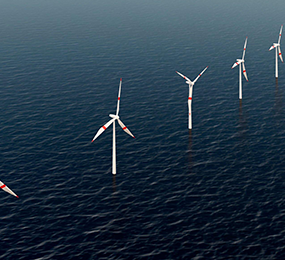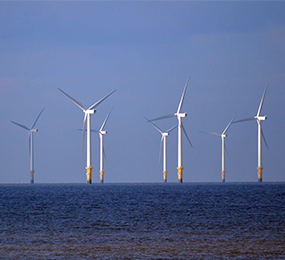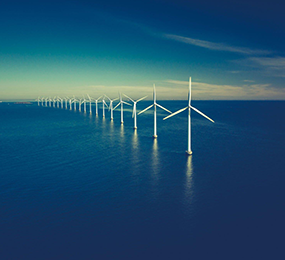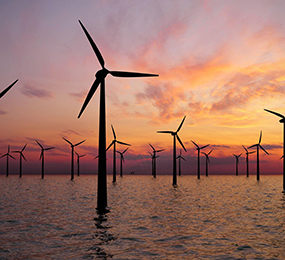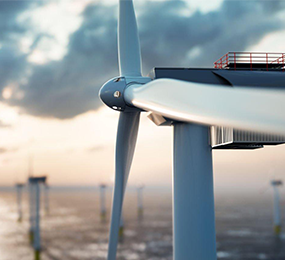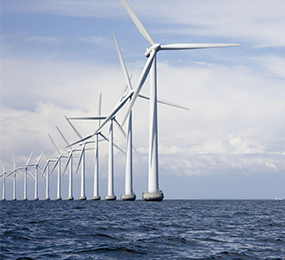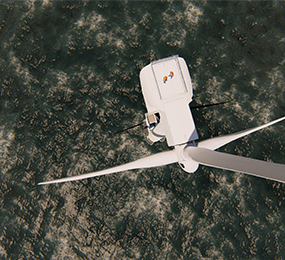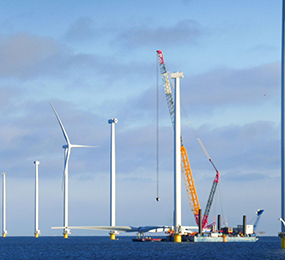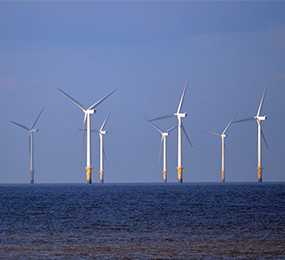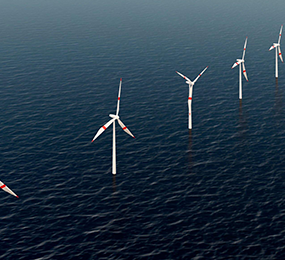Floating wind farms: How the sector is growing and evolving
The UK has been at the forefront of floating wind energy for many years, with the country boasting the largest floating wind capacity in the world. In recent years, there has been growing interest in floating wind turbines, which can be located in deeper waters further floating than traditional fixed-bottom turbines. This has opened up new areas for wind farm development, and has the potential to greatly increase the amount of wind energy that can be generated.
One of the key advantages of floating wind turbines is that they can be located in deeper waters where wind speeds are typically higher and more consistent. This means that they can generate more electricity than fixed-bottom turbines, and can be located further floating, potentially reducing visual impact and increasing public acceptance. There have been some places with the best floating wind resources in the world, and floating wind turbines offer a way to tap into this potential in areas that were previously inaccessible.
In addition to these specific projects, there has been growing interest in the potential for floating wind turbines. The government has set a target of 40 GW of floating wind capacity by 2030, and floating wind is seen as an important part of achieving this goal.
The growing interest in floating wind is also reflected in the support being provided by government and industry. The government recently launched a new floating wind competition, which will provide up to £20 million in funding for innovative floating wind projects. In addition, industry-led initiatives are working to develop the technology and supply chain necessary to support the growth of the sector.
Despite the many advantages of floating wind turbines, there are also challenges that must be overcome. One of the biggest challenges is the cost of the technology, which is currently higher than that of fixed-bottom turbines. However, as the technology develops and economies of scale are achieved, it is expected that costs will come down, making floating wind more competitive with other forms of renewable energy.
Another challenge is the need for suitable sites for floating wind farms. While the technology allows for turbines to be located in deeper waters, there are still limitations to the water depth and seabed conditions that are suitable for floating turbines. This means that careful site selection and planning are necessary to ensure that floating wind farms can be developed in a way that minimizes environmental impacts and maximizes energy generation potential.
The growth and evolution of the floating wind sector represents a significant opportunity for the country to tap into its vast floating wind resources and increase the amount of renewable energy that it generates. While there are challenges that must be overcome, the sector is supported by government and industry, and has the potential to play a major role in energy transition.
Visit our website to know more: https://www.leadventgrp.com/events/3rd-annual-floating-wind-europe/details
Register for the forum and also add a schedule to your calendar.
For more information and group participation, contact us: [email protected]
Leadvent Group - Industry Leading Events for Business Leaders!


